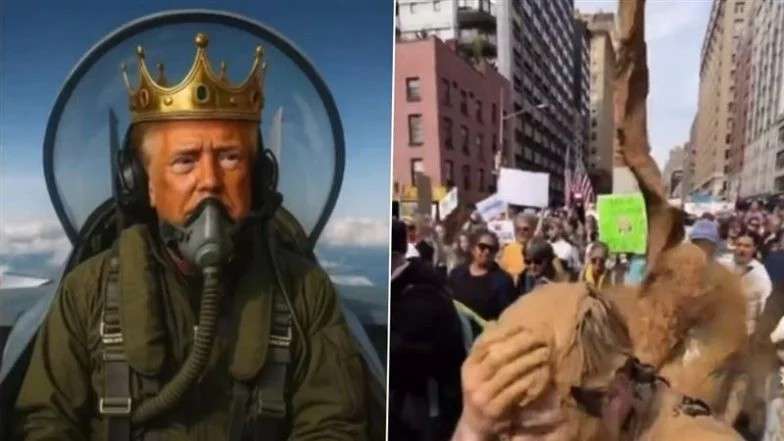In a provocative move at the weekend, Donald Trump shared an AI-generated video depicting himself as a crowned “King Trump” piloting a fighter jet marked “KING TRUMP” and dumping a brown liquid over crowds of protesters in a scene reminiscent of downtown New York’s Times Square. The clip, posted in response to the nationwide No Kings protests on October 18, used the iconic 1986 hit Danger Zone without permission.
Musician Kenny Loggins publicly declared the use of his song in the video as “unauthorized”, stating he would have denied permission and demanded its removal, decrying the footage’s divisive tone. The “No Kings” protests themselves saw millions of participants across all 50 states, mobilising under slogans opposing what they perceive as authoritarian overreach by Trump.
Reaction has been swift and sharply critical. Media commentators called the post “un-presidential”, painting it as part of a troubling trend in political messaging that employs AI, satire and confrontational imagery. Meanwhile, the White House responded to queries with a meme referencing the film from which the hit song originated.
The incident raises urgent questions about copyright in political media, the ethics of AI-generated content in campaigns, and the broader implications of visual provocation in democratic protest. With the backlash mounting, the controversy around Trump’s use of artificial imagery and pop-culture soundtracks shows no signs of abating.

